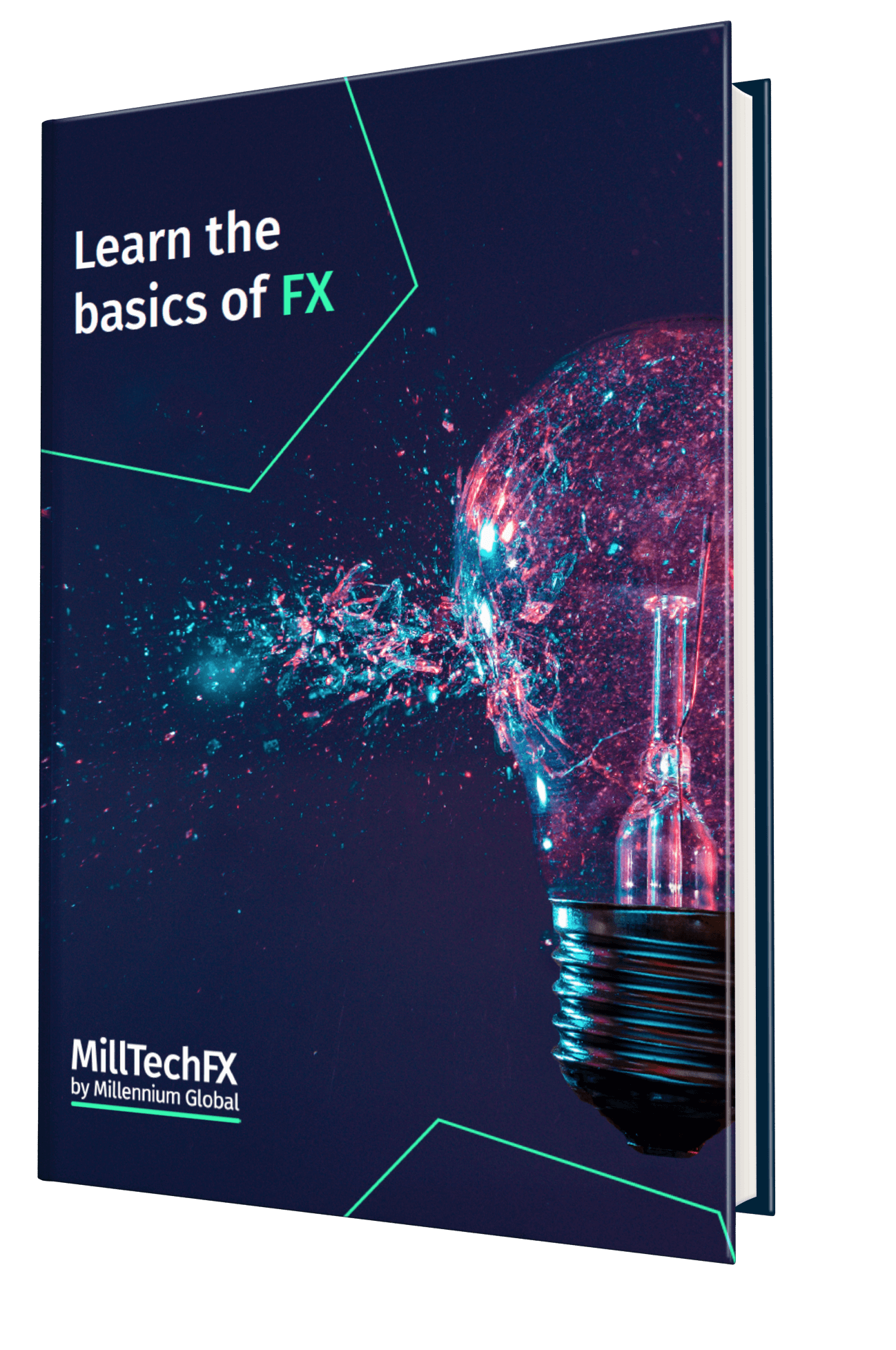FX Liquidity
FX Liquidity Explained:
What is FX liquidity?
Liquidity indicates how active and stable a market is and is primarily determined by trading volume and market participants. In the FX market, liquidity is important as it affects how quickly and efficiently a position can be opened and closed, with minimal price impact.
The FX market is highly liquid due to its massive daily trading volume and its 24-hour operation, which ensures continuous buying and selling. Its global participation and decentralised, over-the-counter (OTC) nature further enhances liquidity.
Liquidity can be influenced by various factors, including:
- Trading volume – Higher trading volume in currency pairs like GBP/USD increases market liquidity, often making transactions easier and spreads tighter.
- Market participants – Higher levels of activity from banks, hedge funds, FX service providers etc. enhances liquidity.
- Geographics – Liquidity fluctuates throughout the day as different financial centres open and close, affecting trading activity.
- Regulations – Changes in financial regulations or capital controls can impact trading volumes, leading to shifts in market liquidity.
High and low FX liquidity
High Liquidity
A currency pair is considered highly liquid when it can be easily bought or sold without significantly impacting its price, due to a high trading volume and a large number of market participants.
This means sellers can easily find buyers without needing to lower the price, and buyers can acquire the asset without having to pay extra.
In the FX market, highly liquid currency pairs like USD/EUR usually maintain a steady flow of transactions, allowing trades to be executed swiftly and at stable prices.
High liquidity generally results in lower FX transaction costs, tighter spreads, and minimal slippage, providing a smoother trading experience.
Low liquidity
A currency pair is considered to have low levels of liquidity when there is limited trading activity and fewer market participants, resulting in lower demand and supply. As a result, large trades can significantly impact the exchange rate.
Low liquidity can lead to price volatility and difficulty executing trades at desired levels.
In the FX market, low-liquidity currency pairs (also known as exotic currency pairs) such as USD/TRY, often experience wider bid-ask spreads, higher volatility, and potential difficulty in executing large trades without price slippage.
FX liquidity providers
Here at MillTechFX, our clients have access to competitive FX rates from up to 15 tier 1 liquidity providers, ensuring they achieve best execution on FX spots to forwards.
Harnessing the decades of experience of Millenium Global, one of the largest currency management groups, we are able to provide funds and corporates with an streamlined end-to-end FX service with transparency at the forefront.
Related terms:
What is MillTechFX?
We provide access to a transparent marketplace for comparative FX execution from up to 15+ counterparty banks, while harnessing a unique and significant pricing efficiency for our clients and reducing their operational burden. In addition, MillTechFX provides clients with full transparency of execution via independent TCA reporting.
